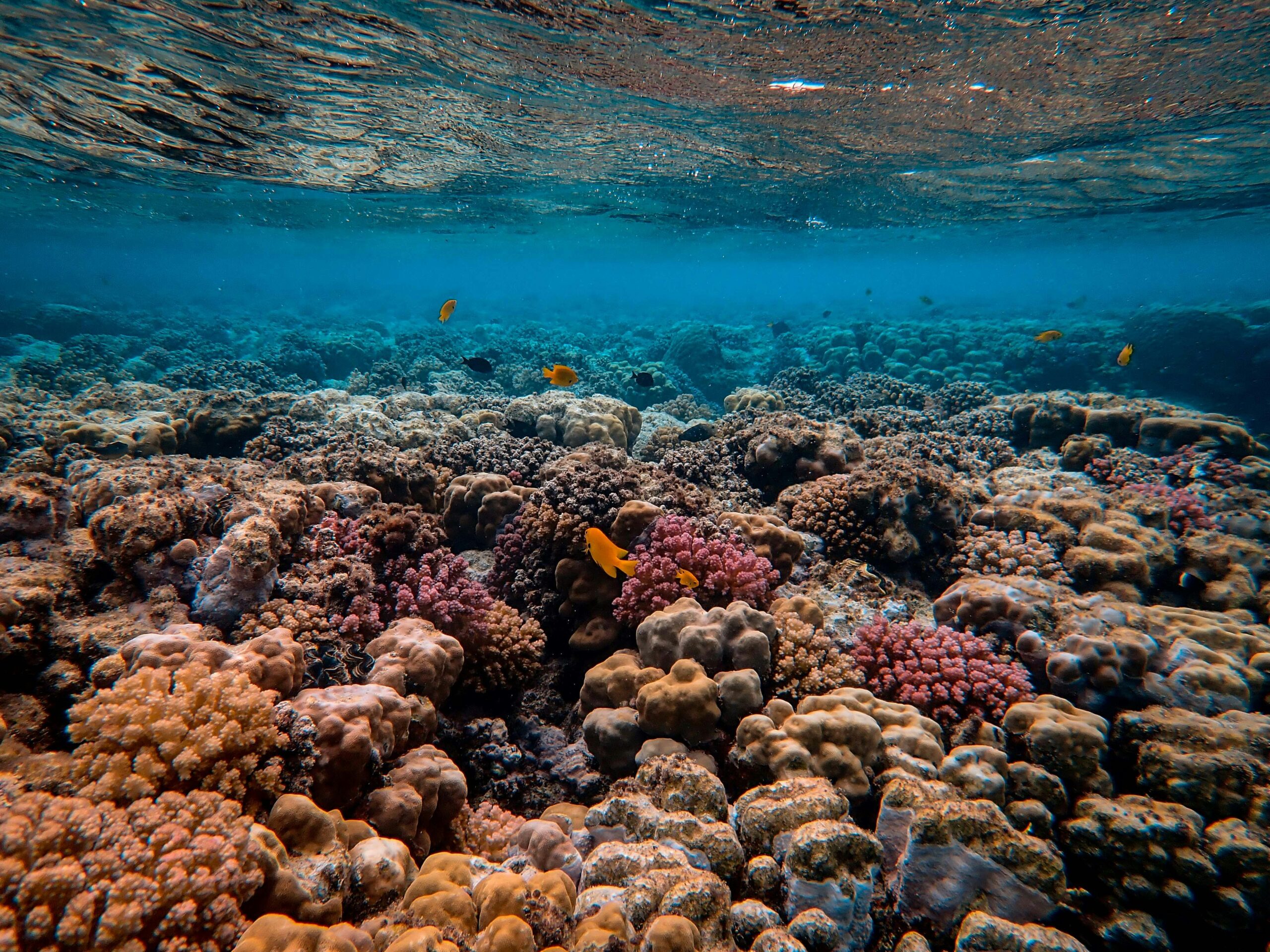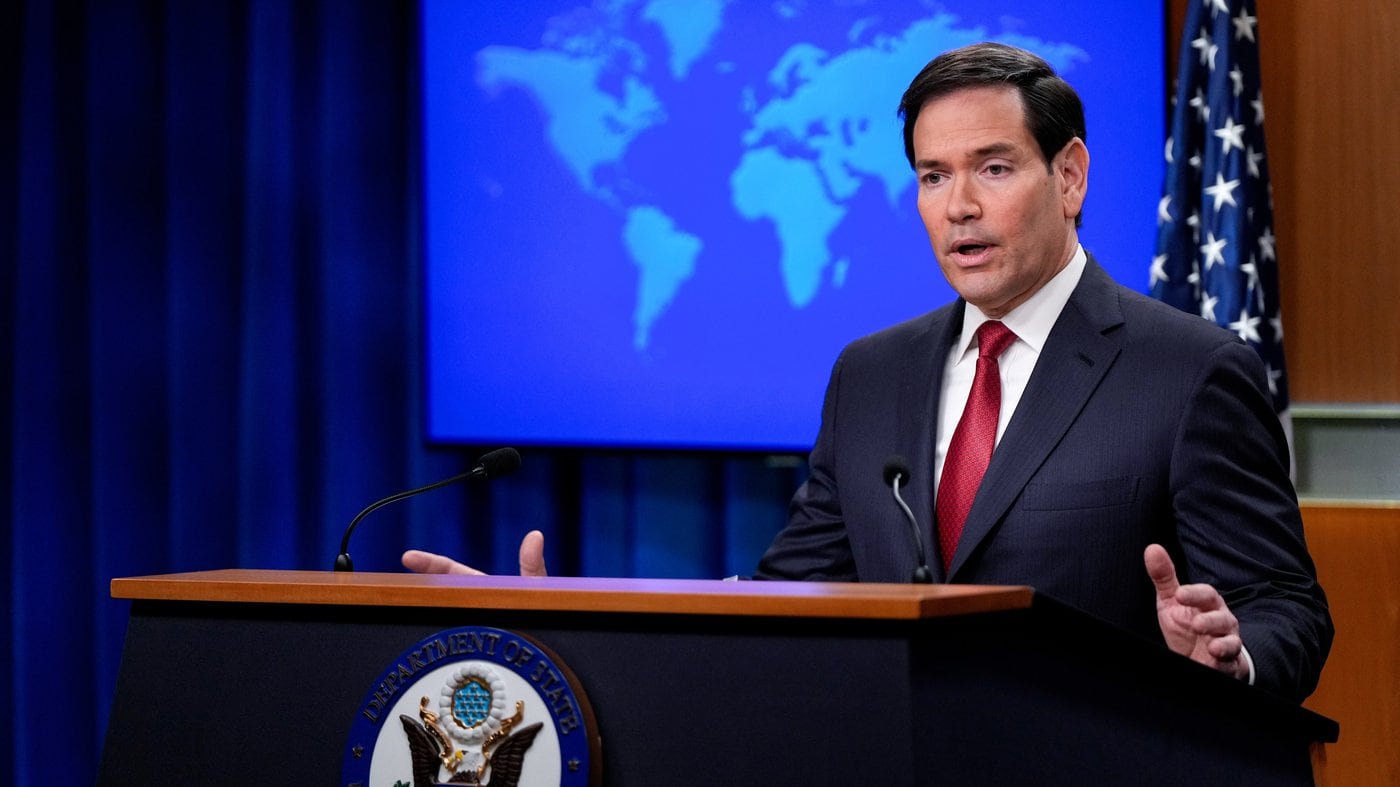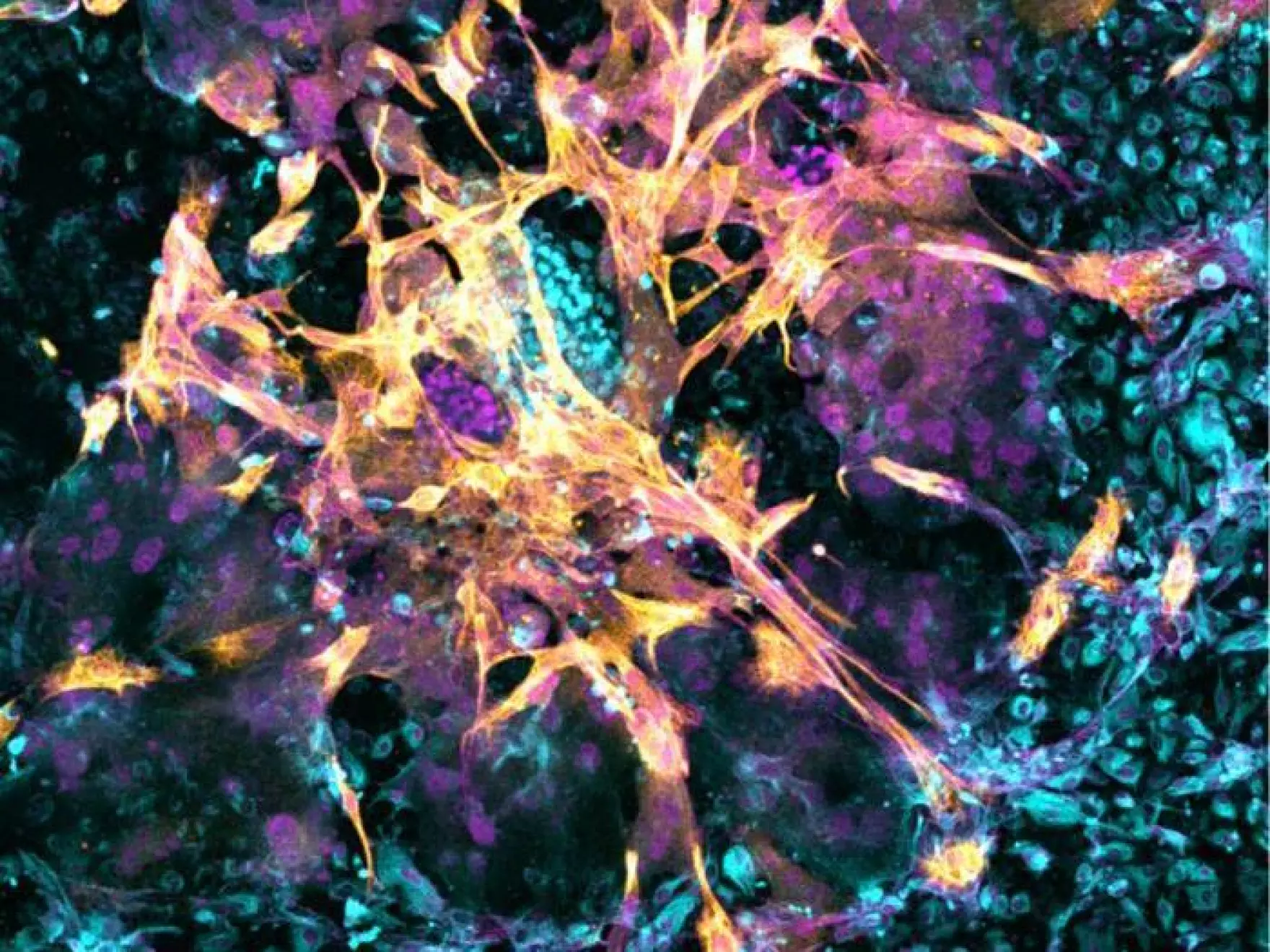For over five years, a livestream from Biscayne Bay has been documenting daily life on a coral reef located in the heart of Miami’s busy port. The Coral City Camera has attracted more than 3.7 million views on YouTube and is offering new insights into what researchers are calling “urban corals.”
The camera was installed by marine biologist Colin Foord, who became fascinated with corals during high school. Positioned in a high-traffic channel near Miami Beach, the camera captures the activity of around 20 species of stony corals that appear to thrive despite the surrounding port activity.
Foord maintains the camera weekly, accessing it via a strip of land in the port. The reef sits just offshore on limestone rip rap structures designed to protect the shoreline. These rocks also serve as an ideal substrate for coral growth due to their geological similarity to coral skeletons.
Foord operates the camera remotely from a lab several miles inland, where he manages more than 50 saltwater tanks housing nearly a thousand coral species. He envisions expanding the space into a public coral museum to increase awareness and appreciation for these marine organisms.
The livestream includes live chat moderation by volunteers who highlight notable sightings, including squid and manatees. Foord says frequent viewers even recognize some recurring marine life, such as a lemon shark affectionately nicknamed “Lisa.”
Urban corals have become a growing subject of scientific interest, particularly after 2023, when global heatwaves caused widespread coral bleaching. Remarkably, the corals near the Coral City Camera site showed minimal bleaching, indicating potential resilience to environmental stressors.
NOAA research ecologist Ian Enochs is among those studying these urban coral populations. Preliminary findings suggest they may be genetically better equipped to withstand adverse conditions, making them candidates for future reef restoration efforts.
To support this, Coral Morphologic is developing a specialized lab to breed resilient urban corals using simulated lunar and solar cycles to encourage spawning. The goal is to produce coral offspring that can be transplanted to other parts of Miami’s reef systems.
In collaboration with other scientists and artists, Foord plans to begin installing corals on an artificial reef—projected to be seven miles long—within swimming distance from Miami Beach later this year.







